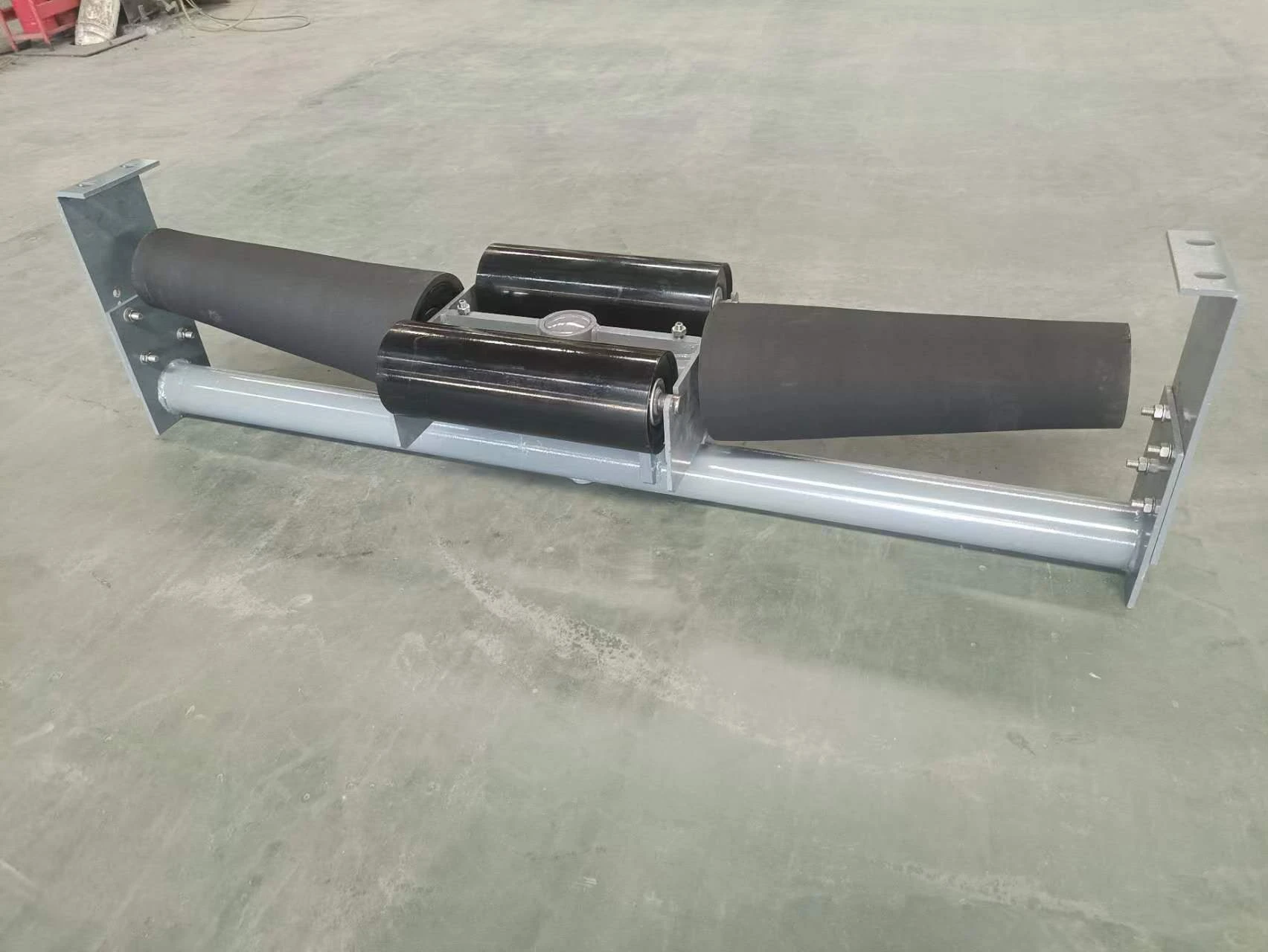 Afrikaans
Afrikaans  Albanian
Albanian  Amharic
Amharic  Arabic
Arabic  Armenian
Armenian  Azerbaijani
Azerbaijani  Basque
Basque  Belarusian
Belarusian  Bengali
Bengali  Bosnian
Bosnian  Bulgarian
Bulgarian  Catalan
Catalan  Cebuano
Cebuano  Corsican
Corsican  Croatian
Croatian  Czech
Czech  Danish
Danish  Dutch
Dutch  English
English  Esperanto
Esperanto  Estonian
Estonian  Finnish
Finnish  French
French  Frisian
Frisian  Galician
Galician  Georgian
Georgian  German
German  Greek
Greek  Gujarati
Gujarati  Haitian Creole
Haitian Creole  hausa
hausa  hawaiian
hawaiian  Hebrew
Hebrew  Hindi
Hindi  Miao
Miao  Hungarian
Hungarian  Icelandic
Icelandic  igbo
igbo  Indonesian
Indonesian  irish
irish  Italian
Italian  Japanese
Japanese  Javanese
Javanese  Kannada
Kannada  kazakh
kazakh  Khmer
Khmer  Rwandese
Rwandese  Korean
Korean  Kurdish
Kurdish  Kyrgyz
Kyrgyz  Lao
Lao  Latin
Latin  Latvian
Latvian  Lithuanian
Lithuanian  Luxembourgish
Luxembourgish  Macedonian
Macedonian  Malgashi
Malgashi  Malay
Malay  Malayalam
Malayalam  Maltese
Maltese  Maori
Maori  Marathi
Marathi  Mongolian
Mongolian  Myanmar
Myanmar  Nepali
Nepali  Norwegian
Norwegian  Norwegian
Norwegian  Occitan
Occitan  Pashto
Pashto  Persian
Persian  Polish
Polish  Portuguese
Portuguese  Punjabi
Punjabi  Romanian
Romanian  Russian
Russian  Samoan
Samoan  Scottish Gaelic
Scottish Gaelic  Serbian
Serbian  Sesotho
Sesotho  Shona
Shona  Sindhi
Sindhi  Sinhala
Sinhala  Slovak
Slovak  Slovenian
Slovenian  Somali
Somali  Spanish
Spanish  Sundanese
Sundanese  Swahili
Swahili  Swedish
Swedish  Tagalog
Tagalog  Tajik
Tajik  Tamil
Tamil  Tatar
Tatar  Telugu
Telugu  Thai
Thai  Turkish
Turkish  Turkmen
Turkmen  Ukrainian
Ukrainian  Urdu
Urdu  Uighur
Uighur  Uzbek
Uzbek  Vietnamese
Vietnamese  Welsh
Welsh  Bantu
Bantu  Yiddish
Yiddish  Yoruba
Yoruba  Zulu
Zulu Exploring the Mechanics and Applications of Head Pulley Systems in Conveying Operations
Head Pulleys in Conveyor Systems An Integral Component
Head pulleys play a critical role in conveyor systems, serving as the primary drive components that facilitate the movement of materials in various industrial applications. Positioned at the end of the conveyor belt, the head pulley is responsible for guiding the belt and ensuring a smooth transition of materials from one place to another. Understanding the function and importance of head pulleys can provide insights into their design and optimization in material handling systems.
Function and Design
The primary function of a head pulley is to act as the drive pulley, where the power from the drive motor is transmitted to the conveyor belt. As the belt moves around the head pulley, it transports materials from the loading area to the discharge point. The design of head pulleys can vary significantly based on the specific needs of the application, including size, material, and surface texture. For example, some head pulleys are coated with rubber or other materials to provide additional grip, preventing slippage and ensuring that materials are carried efficiently.
Types of Head Pulleys
Head pulleys can be categorized into several types based on their operational requirements. Common types include
1. Drive Pulley The most basic and commonly found head pulley, which connects directly to the conveyor drive motor. The drive pulley is designed to provide maximum traction and is typically larger to handle significant loads.
2. Tail Pulley Often considered in conjunction with head pulleys, tail pulleys are located at the opposite end of the conveyor. While they do not drive the belt, they support its structure and help maintain proper tension.
head pulley

3. Snub Pulley Used primarily to change the direction of the conveyor belt or to increase the wrap angle of the belt on the drive pulley, snub pulleys contribute to the efficiency of material handling by ensuring that the belt remains in contact with the drive pulley.
4. Take-Up Pulley This component is essential for maintaining tension in the conveyor belt, which is crucial for the efficient operation of a head pulley. Proper tensioning prevents slippage and wear on the belt, prolonging its lifespan.
Importance in Material Handling
The efficiency and reliability of a conveyor system are heavily dependent on its head pulleys. A well-designed head pulley can minimize operational issues, reduce maintenance costs, and enhance productivity. In industries such as mining, manufacturing, and logistics, where heavy loads and continuous material flow are the norm, the role of head pulleys becomes even more critical. They help ensure that processes run smoothly and without interruption, ultimately affecting the overall output of the facility.
Maintenance and Longevity
To maximize the lifespan and functionality of head pulleys, regular maintenance is essential. This includes checking for wear and tear, ensuring proper alignment, and maintaining necessary tension in the belt. Implementing predictive maintenance strategies through techniques like vibration analysis and thermography can help identify potential issues before they result in costly downtime.
Conclusion
In summary, head pulleys are fundamental components of conveyor systems that directly impact efficiency, material handling, and operational uptime. Understanding their design, types, and maintenance needs is vital for industries reliant on these systems. As technology advances, innovations in pulley materials and designs continue to evolve, promising enhanced performance and sustainability in material handling operations. Proper attention to head pulleys not only extends the life of the conveyor system but also contributes to the overall success of industrial operations.
-
Revolutionizing Conveyor Reliability with Advanced Rubber Lagging PulleysNewsJul.22,2025
-
Powering Precision and Durability with Expert Manufacturers of Conveyor ComponentsNewsJul.22,2025
-
Optimizing Conveyor Systems with Advanced Conveyor AccessoriesNewsJul.22,2025
-
Maximize Conveyor Efficiency with Quality Conveyor Idler PulleysNewsJul.22,2025
-
Future-Proof Your Conveyor System with High-Performance Polyurethane RollerNewsJul.22,2025
-
Driving Efficiency Forward with Quality Idlers and RollersNewsJul.22,2025





























